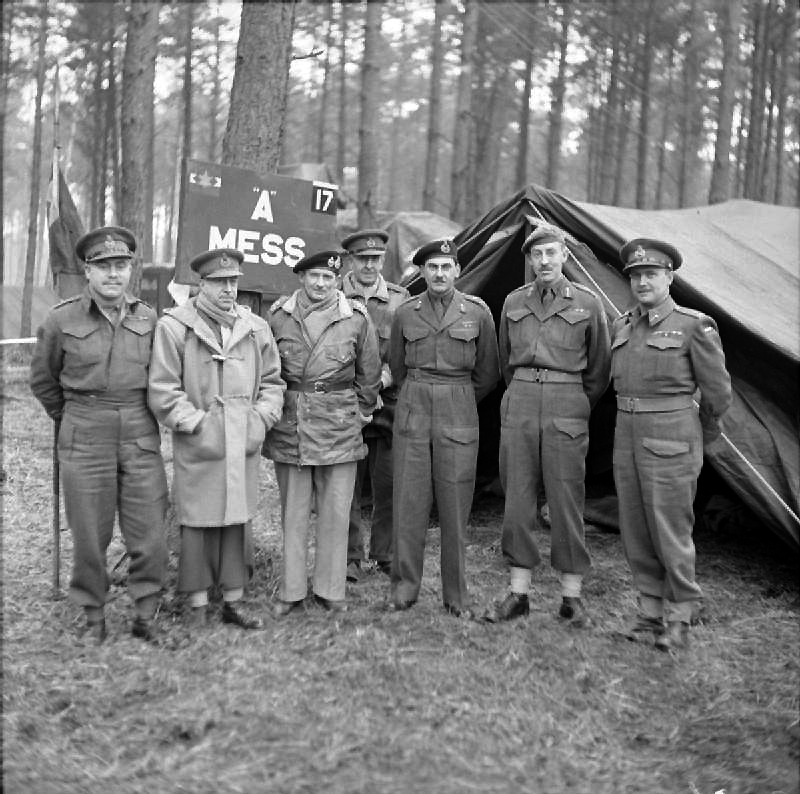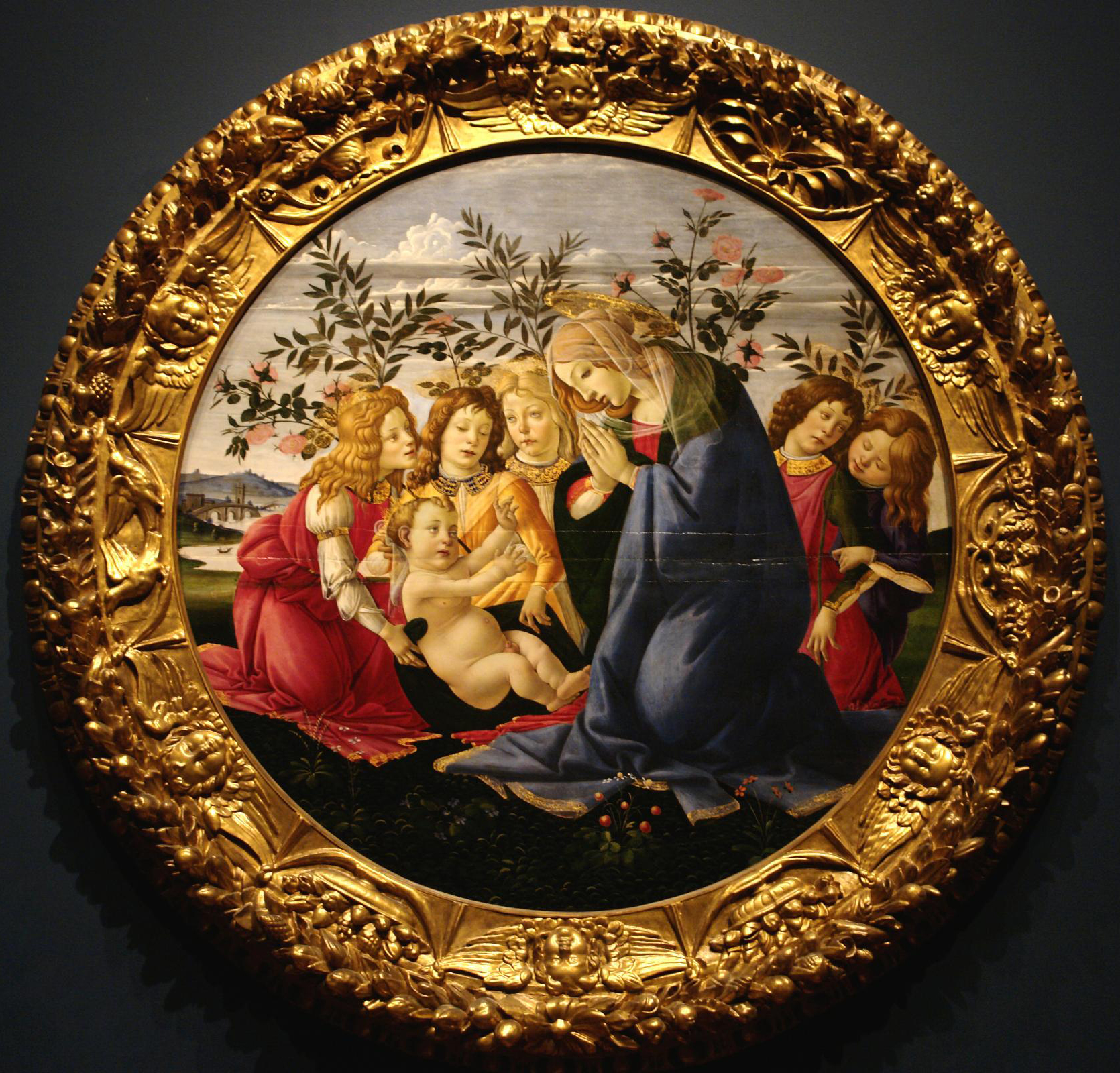|
Bernay, Eure
Bernay () is a Communes of France, commune in the west of the Eure Departments of France, department in Northern France. In 2012, Bernay was designated one of the French Towns and Lands of Art and History. Geography Bernay is in the valley of the Charentonne, a tributary of the Risle, about west from Évreux. The city is on the border of the Pays d'Ouche and the Lieuvin. Bernay station has rail connections to Caen, Évreux, Paris, Rouen, Deauville and Lisieux. The commune along with another 69 communes shares part of a 4,747 hectare, Natura 2000 conservation area, called Risle, Guiel, Charentonne. History The name Bernay is rooted in 5th century Roman settlement Brinnacu, from the Latin ''Brinnacum'' ("braided"), reflecting the marshy braided river land that the original settlement was built on.François de Beaurepaire, ''Les noms des communes et anciennes paroisses de l'Eure'', éditions Picard, 1981. The city has expanded around the River Charentonne, shielded by the incline ... [...More Info...] [...Related Items...] OR: [Wikipedia] [Google] [Baidu] |
Subprefectures In France
In France, a subprefecture () is the Communes of France, commune which is the administrative centre of a Arrondissements in France, departmental arrondissement that does not contain the Prefectures in France, prefecture for its Departments of France, department. The term also applies to the building that houses the administrative headquarters for an arrondissement. Senate (France), Senate (in French). The civil servant in charge of a subprefecture is the subprefect, assisted by a Secretary (title), general secretary. Between May 1982 and February 1988, subprefects were known instead by the title Deputy Commissioner of the Republic (''commissaire adjoint de la République''). Where the administration of an arrondissement is carried out from a prefecture, the general secretary ... [...More Info...] [...Related Items...] OR: [Wikipedia] [Google] [Baidu] |
Richard II, Duke Of Normandy
Richard II (died 28 August 1026), called the Good (French: ''Le Bon''), was the duke of Normandy from 996 until 1026. Life Richard was the eldest surviving son and heir of Richard the Fearless and Gunnor. He succeeded his father as the ruler of Normandy in 996. During his minority, the first five years of his reign, his regent was Count Rodulf of Ivry, his uncle, who wielded the power and put down a peasant insurrection at the beginning of Richard's reign. Richard had deep religious interests and found he had much in common with King Robert II of France, whom he helped militarily against the Duchy of Burgundy. He forged a marriage alliance with Duke Geoffrey I of Brittany by marrying his sister Hawise to him and by his own marriage to Geoffrey's sister Judith. By 1000, Vikings had begun raiding England again, where they would subsequently cross the channel to Normandy and sell their plunder. Richard provided the Vikings with sanctuary and even welcomed them. This act vi ... [...More Info...] [...Related Items...] OR: [Wikipedia] [Google] [Baidu] |
Maison à Colombages à Bernay (Eure)
Maison (French for "house") may refer to: People * Edna Maison (1892–1946), American silent-film actress * Jérémy Maison (born 1993), French cyclist * Leonard Maison, New York state senator 1834–1837 * Nicolas Joseph Maison (1771–1840), Marshal of France and Minister of War * René Maison (1895–1962), Belgian operatic tenor * Rudolf Maison (1854–1904), German sculptor Places in France * Maison-des-Champs, a commune in the Aube department, Grand Est * Maison-Feyne, a commune in the Creuse department, Nouvelle-Aquitaine * Maison-Maugis, a former commune in the Orne department, Normandy * Maison-Ponthieu, a commune in the Somme department, Hauts-de-France * Maison-Roland, a commune in the Somme department, Hauts-de-France * Maison-Rouge, a commune in the Seine-et-Marne department, Île-de-France Music Songs * "Maison", by Dreamcatcher from '' Apocalypse: Save Us'' See also * Valérie Grand'Maison (born 1988), Canadian Paralympic swimmer * Zoé De Grand Maison (born ... [...More Info...] [...Related Items...] OR: [Wikipedia] [Google] [Baidu] |
Operation Tractable
Operation Tractable was the final attack conducted by Canada in World War II, Canadian and Polish contribution to World War II, Polish troops, supported by a British tank brigade, during the Operation Overlord, Battle of Normandy during World War II. The operation was to capture the tactically important France, French town of Falaise, Calvados, Falaise and then the smaller towns of Trun, Orne, Trun and Chambois, Orne, Chambois. This operation was undertaken by the First Canadian Army with the 1st Armoured Division (Poland), 1st Polish Armoured Division (''Generał brygady'' Stanisław Maczek) and a British armoured brigade against Army Group B of the ''Westheer'' in what became the largest encirclement on the Western Front (World War II), Western Front during the Second World War. Despite a slow start and limited gains north of Falaise, novel tactics by the 1st Polish Armoured Division during the drive for Chambois enabled the Falaise Pocket, Falaise Gap to be partially closed by ... [...More Info...] [...Related Items...] OR: [Wikipedia] [Google] [Baidu] |
First Canadian Army
The First Canadian Army () was a field army and a formation of the Canadian Army in World War II in which most Canadian elements serving in North-West Europe were assigned. It served on the Western Front from July 1944 until May 1945. It was Canada's first and, so far, only field army. The army was formed in early 1942, replacing the existing unnumbered Canadian Corps, as the growing contribution of Canadian forces to serve with the British Army in the United Kingdom necessitated an expansion to two corps. By the end of 1943 Canadian formations consisted of three infantry divisions, two armoured divisions and two independent armoured brigades. The first commander was Lieutenant-General A. G. L. "Andy" McNaughton, who was replaced in 1944 by General H. D. G. "Harry" Crerar. Both had been senior Royal Regiment of Canadian Artillery officers in the Canadian Corps in World War I. Allied formations of other nationalities were added to the First Canadian Army to keep it at full st ... [...More Info...] [...Related Items...] OR: [Wikipedia] [Google] [Baidu] |
World War II
World War II or the Second World War (1 September 1939 – 2 September 1945) was a World war, global conflict between two coalitions: the Allies of World War II, Allies and the Axis powers. World War II by country, Nearly all of the world's countries participated, with many nations mobilising all resources in pursuit of total war. Tanks in World War II, Tanks and Air warfare of World War II, aircraft played major roles, enabling the strategic bombing of cities and delivery of the Atomic bombings of Hiroshima and Nagasaki, first and only nuclear weapons ever used in war. World War II is the List of wars by death toll, deadliest conflict in history, causing World War II casualties, the death of 70 to 85 million people, more than half of whom were civilians. Millions died in genocides, including the Holocaust, and by massacres, starvation, and disease. After the Allied victory, Allied-occupied Germany, Germany, Allied-occupied Austria, Austria, Occupation of Japan, Japan, a ... [...More Info...] [...Related Items...] OR: [Wikipedia] [Google] [Baidu] |
Palm Sunday
Palm Sunday is the Christian moveable feast that falls on the Sunday before Easter. The feast commemorates Christ's triumphal entry into Jerusalem, an event mentioned in each of the four canonical Gospels. Its name originates from the palm branches waved by the crowd to greet and honor Jesus Christ as he entered the city. Palm Sunday marks the first day of Holy Week; in Western Christianity, this is the beginning of the last week of the solemn season of Lent, preceding Eastertide, while in Eastern Christianity, Holy Week commences after the conclusion of Great Lent. In most Christian rites, Palm Sunday is celebrated by the blessing and distribution of palm branches (or the branches of other native trees), representing the palm branches that the crowd scattered before Christ as he rode into Jerusalem. These palms are sometimes woven into Christian cross, crosses. The difficulty of procuring palms in unfavorable climates led to the substitution of branches of native trees, includi ... [...More Info...] [...Related Items...] OR: [Wikipedia] [Google] [Baidu] |
Bec Abbey
Bec Abbey, formally the Abbey of Our Lady of Bec (), is a Benedictine monastic foundation in the Eure ''département'', in the Bec valley midway between the cities of Rouen and Bernay. It is located in Le Bec Hellouin, Normandy, France, and was the most influential abbey of the 12th-century Anglo- Norman kingdom. Like all abbeys, Bec maintained annals of the house but uniquely its first abbots also received individual biographies, brought together by the monk of Bec, Milo Crispin. Because of the abbey's cross-Channel influence, these hagiographic lives sometimes disclose historical information of more than local importance. Name The name of the abbey derives from the bec, or stream, that runs nearby. The word derives from the Scandinavian root, ''bekkr''. First foundation The abbey was founded in 1034 by Saint Herluin, whose life was written by Gilbert Crispin, Abbot of Westminster, formerly of Bec, and collated with three other lives by Milo Crispin. Abbey construct ... [...More Info...] [...Related Items...] OR: [Wikipedia] [Google] [Baidu] |
Whit Monday
Whit Monday or Pentecost Monday, also known as Monday of the Holy Spirit, is the holiday celebrated the day after Pentecost, a moveable feast in the Christian liturgical calendar. It is moveable because it is determined by the date of Easter. In the Catholic Church, it is the Memorial of the Blessed Virgin Mary, Mother of the Church, marking the resumption of Ordinary Time. Whit Monday gets its name from " Whitsunday", an English name for Pentecost, one of the three baptismal seasons. The origin of the name "Whit Sunday" is generally attributed to the white garments formerly worn by those newly baptised on this feast. Observance Pentecost is always on a Sunday and is therefore usually a non-working day. The Monday after Pentecost is a public holiday in: Andorra, Antigua and Barbuda, Anguilla, Austria, the Bahamas, Barbados, Belgium, Benin, The British Virgin Islands, Central African Republic, Republic of Congo, Cyprus, Denmark, Dominica, France, Gabon, Germany, Greece, Grenada ... [...More Info...] [...Related Items...] OR: [Wikipedia] [Google] [Baidu] |
Marian Devotions
Marian devotions are external pious practices directed to the person of Mary, mother of Jesus, by members of certain Christian traditions. They are performed in Catholicism, High Church Lutheranism, Anglo-Catholicism, Eastern Orthodoxy and Oriental Orthodoxy, but other Christian denominations mostly reject them. Such devotional prayers or may be accompanied by specific requests for Mary's Intercession of saints, intercession with God in Christianity, God. There is significant diversity of form and structure in Marian devotions practiced by different groups of Christians. Orthodox Marian devotions are well-defined and closely linked to liturgy, while Roman Catholic practices are wide-ranging—they include multi-day prayers such as novenas, the celebration of canonical coronations granted by the Pope, the veneration of icons in Eastern Christianity, and pious acts which do not involve vocal prayers, such as the wearing of scapulars or maintaining a Mary garden. Marian devotions a ... [...More Info...] [...Related Items...] OR: [Wikipedia] [Google] [Baidu] |
Romanesque Architecture
Romanesque architecture is an architectural style of medieval Europe that was predominant in the 11th and 12th centuries. The style eventually developed into the Gothic style with the shape of the arches providing a simple distinction: the Romanesque is characterized by semicircular arches, while the Gothic is marked by the pointed arches. The Romanesque emerged nearly simultaneously in multiple countries of Western Europe; its examples can be found across the continent, making it the first pan-European architectural style since Imperial Roman architecture. Similarly to Gothic, the name of the style was transferred onto the contemporary Romanesque art. Combining features of ancient Roman and Byzantine buildings and other local traditions, Romanesque architecture is known by its massive quality, thick walls, round arches, sturdy pillars, barrel vaults, large towers and decorative arcading. Each building has clearly defined forms, frequently of very regular, symmetrical ... [...More Info...] [...Related Items...] OR: [Wikipedia] [Google] [Baidu] |




